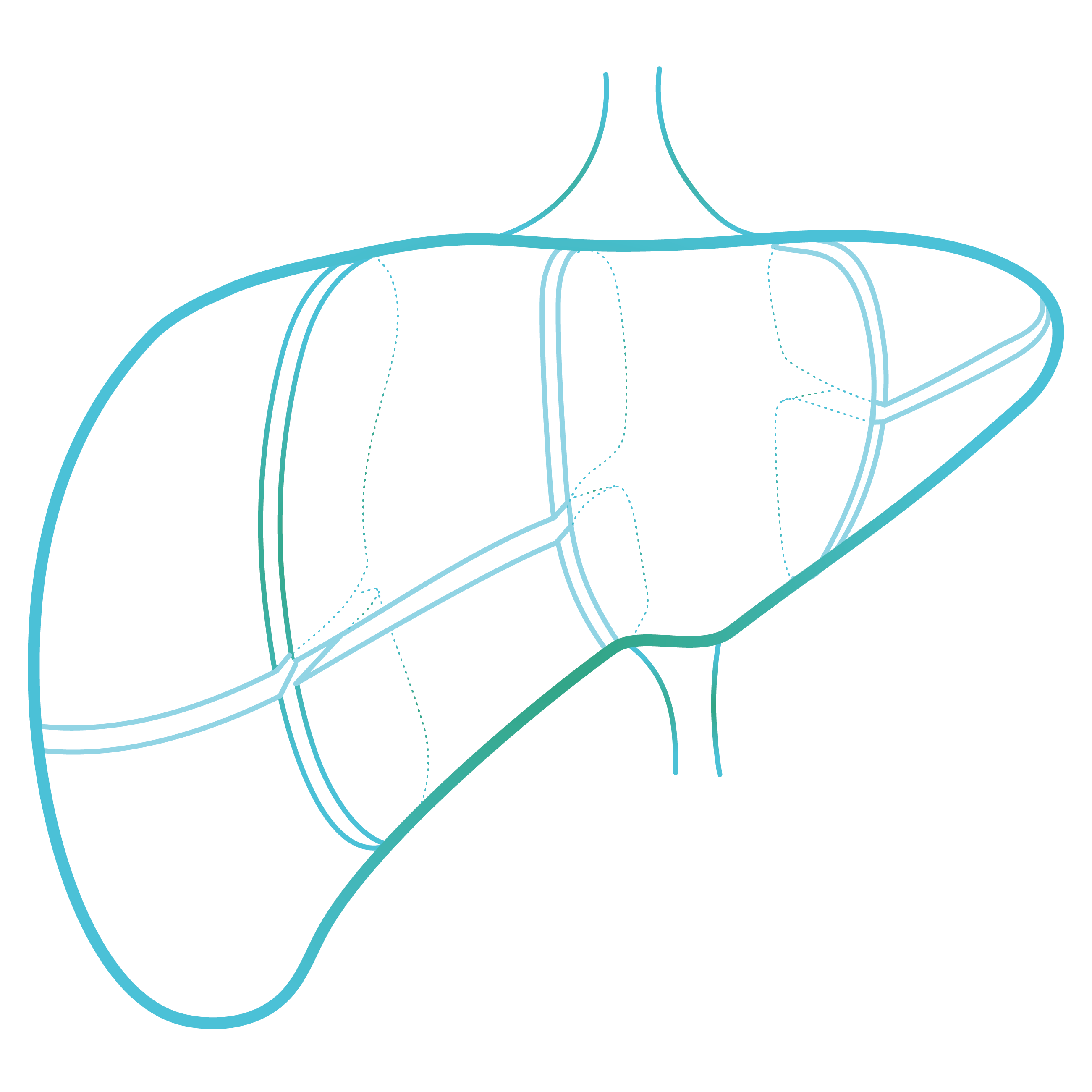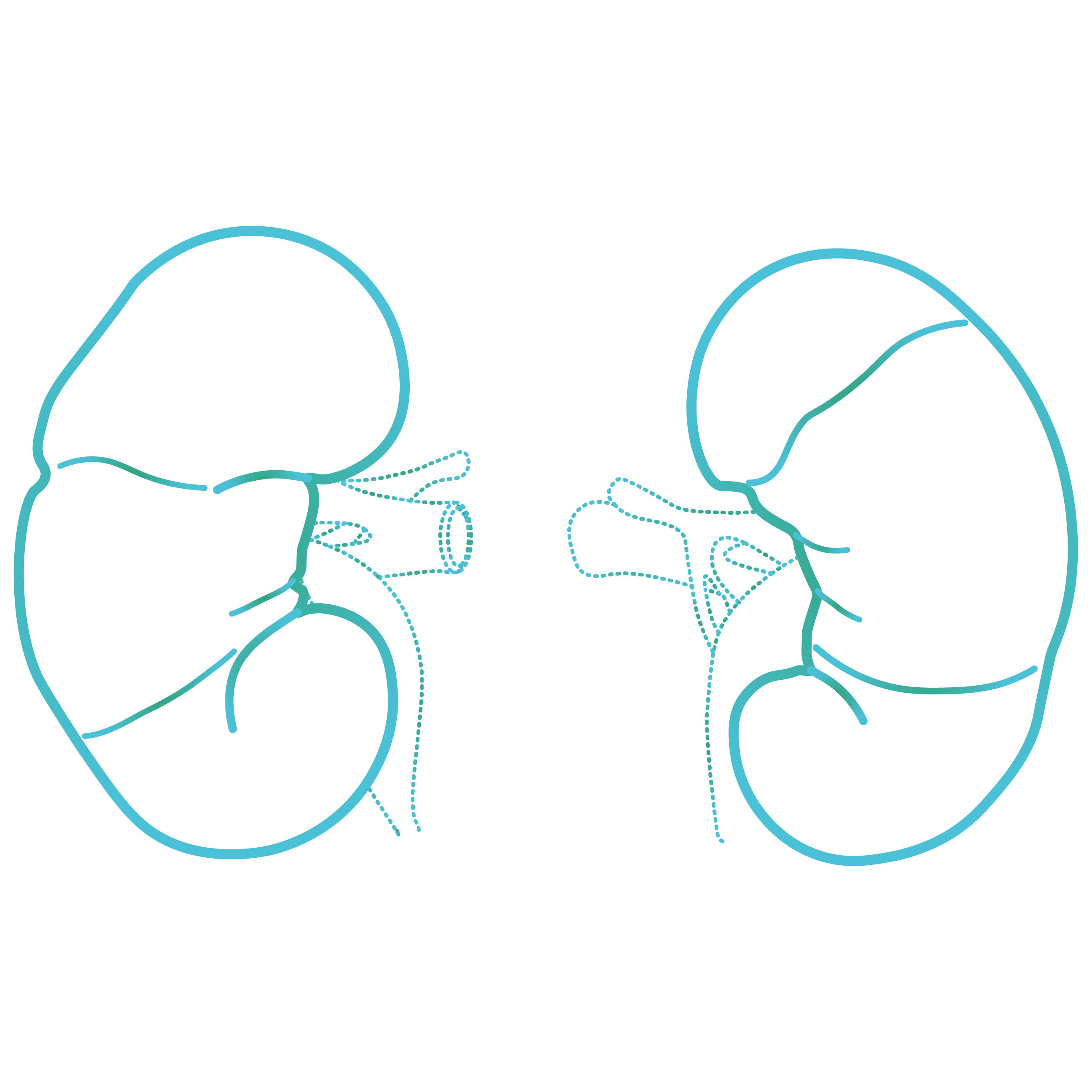Quality Ablation
Quality Ablation Treatments
Quality Ablation Centers
Quality Ablation Countries
Quality Ablation with Dr. Nadeem Shaida
Watch the video and learn how Quality Ablation with CAS-One IR contributes to treating more patients with challenging cases and helps achieve consistently low complications, and recurrence rates.
Dr. Nadeem Shaida has been using CAS-One IR for several years and explains the impact it has on his patients and his hospital.
Benefits of Quality Ablation with CAS-One IR
Reduce Local Tumor Progression and Complications
- Reduce LTP from 14-30% to 8-9%1-2
- Achieve fewer complications and with lower severity with same OS3
- Reduce bleeding and tumor seeding with low needle repositioning (1%)4
- Evaluate treatment success immediately with AblaSure
- Consistent results with multiple operators1
Treat More Complex Cases
- Plan and navigate treatment in 2D and 3D with AI-driven visualizations
- Visualize ablation volumes with over 75 needles across all modalities
- Treat all segments of the liver regardless of proximity to critical structures with consistent success4,5
- Facilitate long, double angulated trajectories6
- Treat multiple or large (>3cm) tumors with overlapping ablation zones3,4,7,8
- Treat lesions invisible of US/CT with MRI fusion9

Maximize Hospital Resources
- Reduce intervention time by 57% and variability by 67%10, freeing CT room time
- Reduce radiation by 30-50%5,10
- Total cost reduced by 1/3rd compared to surgery11
Tumor Ablation with
CAS-One IR - Full Procedure
This 16-minute video, filmed during a real intervention, guides you through the four steps of each Quality Ablation procedure: Plan, Place, Verify and Assess. It provides in depth insights on why standardization is key to obtaining improved outcomes for patients.
Quality Ablation with CAS-One IR - A Unique Process
1 Plan
- Single and multi-instrument trajectories
- Tumours
- Safety margins
- Ablation volumes(from manufacturer data)
- Fuse CT / CT and CT / MRI
2 Place
- Through semi-robotic guide
3 Verify
- Instrument position
- Re-plan if required
4 Assess
- Effective ablation volume
- Safety margins
- Necessity of re-ablation
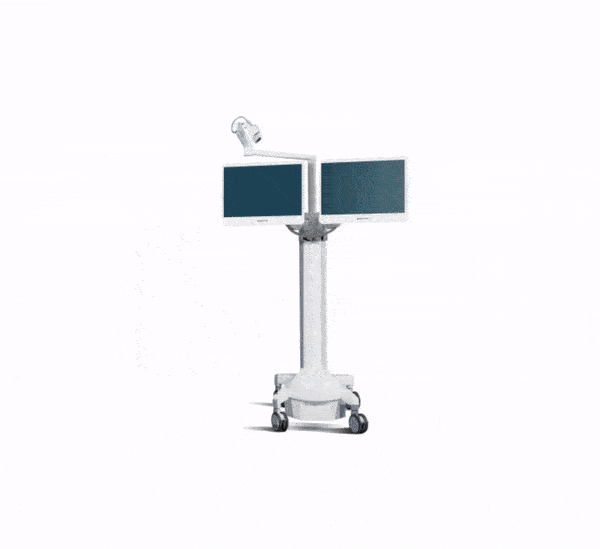
Enhanced Reliability & Accuracy with CT/MRI Planning & Navigation
- Plan and navigate treatment intuitively in 2D and 3D
- Treat 'invisible lesions' through MRI fusion9
- Visualize ablation volumes of >75 MW, RFA, Cryo, IRE devices
- Improve accuracy through mechanical needle guidance10,12
- Achieve low repositioning rates (1%) 6
Treating More Patients with Challenging Cases
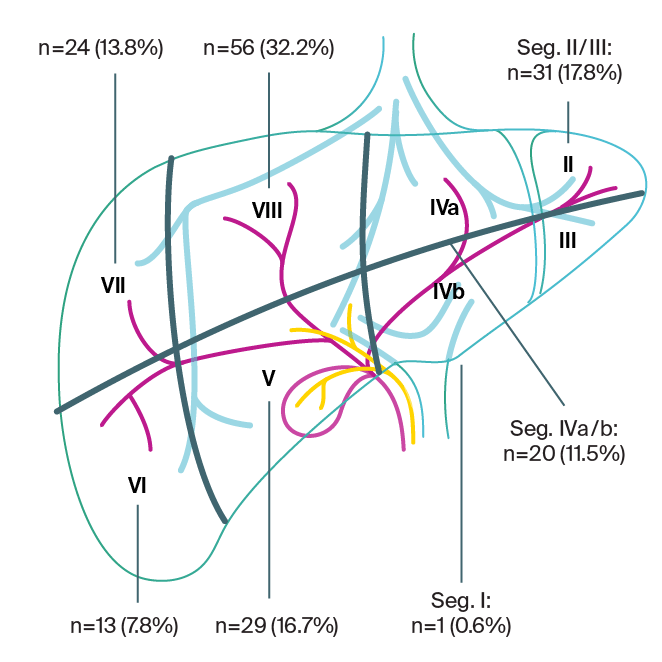
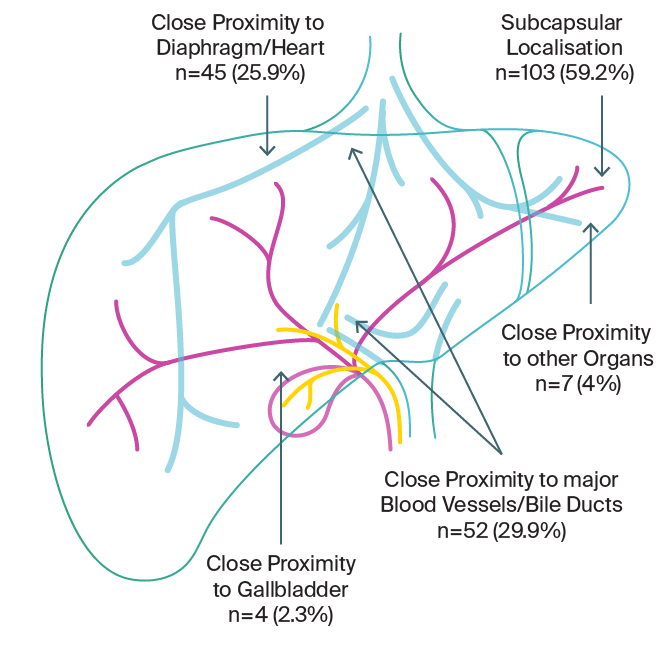
- Increase ease of complex cases with high angulation, long distance to target4
- Limit needle repositioning need with low repositioning rate (1%) 6
- Maintain confidence near structures of risk with ablation planning and navigated needle placement
- Possibility to treat multiple and/or large tumours
(>3 cm) with overlapping ablation zones3,4,7,8
A complete overview of the most recent CAS-One IR software
4.3 Driven by AI
Confidence in executing complex cases has never been easier.
Consistently Lower Recurrence Rates and Complications
- Significantly reduce recurrence rates1-2 (5-9% vs 14-30%) with safe and reliable ablations
- Low and reduced overall complication rates (6%) 3,4
- Add consistency to treatment success with ablation validation13
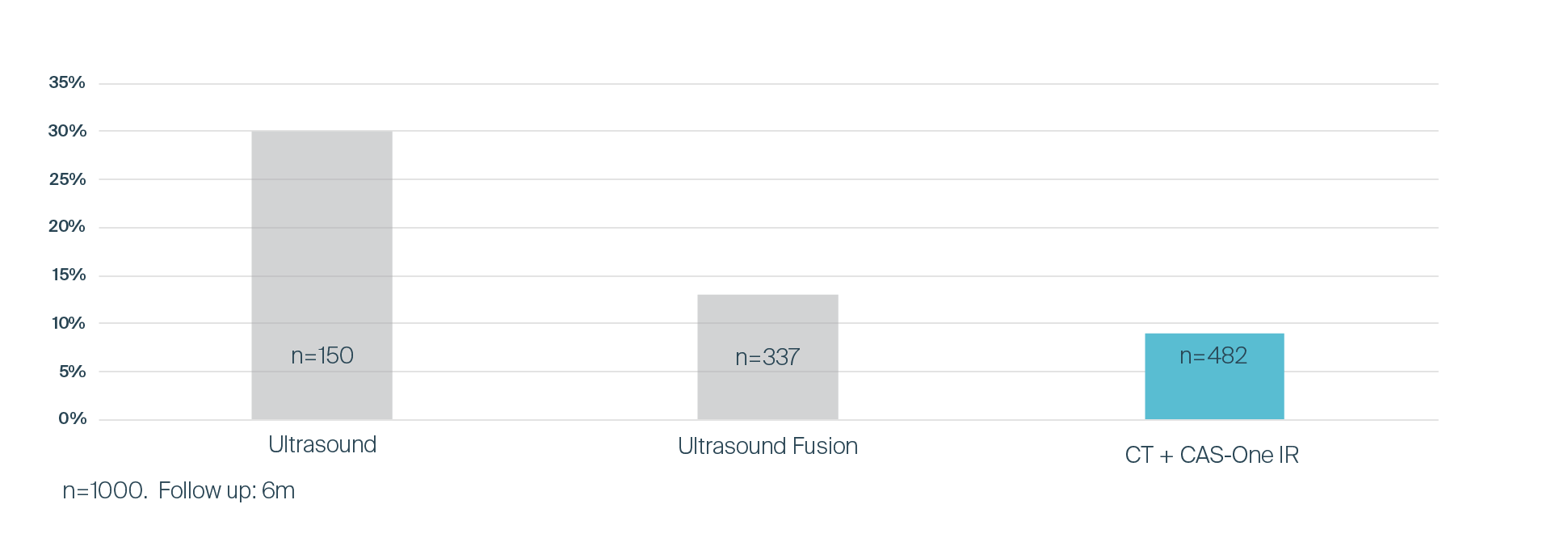
Quality Ablation reduces Treatment Time
Standardising procedure planning accelerates treatment by reducing needle placement time and need to repositioning.
Conventional IRE
Stereotactic IRE CAS-One IR
Preparation Planning Needle Placement
Reduce intervention time by 57% and variability by 67% enabling treatment of more patients.10
Reduction of Radiation Dose
Standardised Quality Ablation workflow leads to lower exposure to radiation dose5
The more scans you do, the higher the radiation dose both for patients and physicians. With lesions easily accessible, this is not a problem. But the more advanced treatments you're doing with double angulated trajectories or multiple needles the complexity increases. The same is true for the radiation dose, because complex treatments usually require more scans. The workflow of Quality Ablation standardises treatment time also in complex cases. The result is a significant reduction in radiation dose.
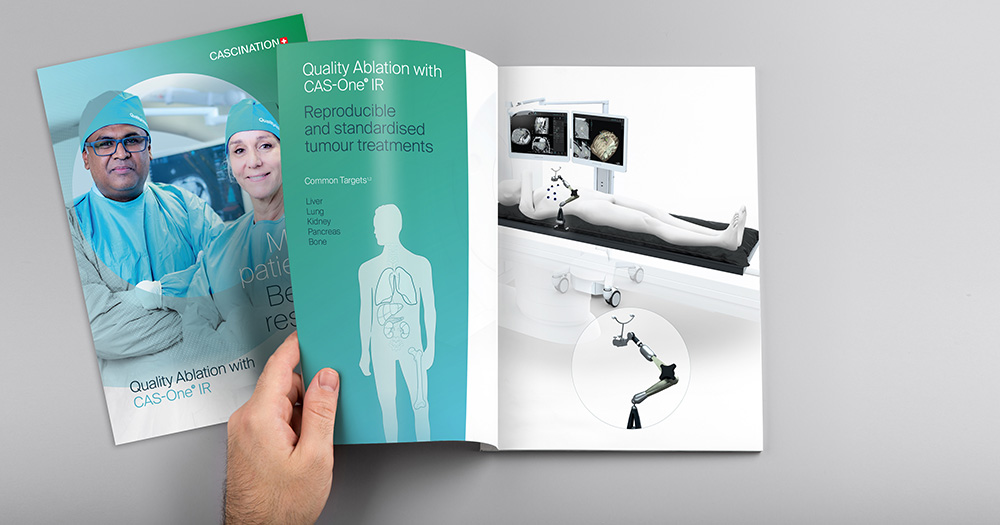
Download the new Quality Ablation with CAS-One IR brochure
- Clinical and economic benefits of Quality Ablation
- The Quality Ablation workflow
- Our service offerings
Quality Ablation Success Stories
Learn how the start of a Quality Ablation program helps to expand treatment options for tumour patients.
Prof. Dr. Martin Maurer

CAS-One IR has helped us to be more precise in our work. And with ablations, great precision leads to better results.
Read the interviewDr. Carlo Mario Stefano Tappero

The increased safety during the intervention is an important benefit for the patients.
Read the interviewDr. Marie Beermann & Prof. Dr. Jacob Freedman

The cost of an ablation is a fourth of the cost of a resection. With five patients converted from surgery to ablation, the system has paid for itself.
Read the interviewDr. Nadeem Shaida

With AblaSure® you’ve got the absolute certainty, that you got your margins right.
Read the interviewLet’s get connected
Our Quality Ablation newsletter offers you the latest news about minimally invasive tumour treatments with CAS-One IR.
References
1.Beermann, M., et al.: 1000 consecutive ablation sessions in the era of computer assisted image guidance, Euro J Rad O 2018
2.Chapelle, T, op de Beeck, B, Bracke, B, Data presented at Angiodynamics Symposium Rome 2024
3.Tinguely et. Al, A prospective multicentre trial on survival after Microwave Ablation VErsus Resection for Resectable Colorectal liver metastases (MAVERRIC) Euro J Cancer 2023
4.Lachenmayer et al.: Stereotactic image-guided microwave ablation of hepatocellular carcinoma, Liver Int. 2019
5.Schaible, J. et. al., Primary efficacy of percutaneous microwave ablation of malignant liver tumors: comparison of stereotactic and conventional manual guidance. Scientific Reports 2020
6.Tinguely P et al.: Stereotactic Image-Guided Microwave Ablation for Malignant Liver Tumors, Front. Oncol 2020
7.Schullian, P. et al.: Safety and efficacy of stereotactic radiofrequency ablation for very large (≥8 cm) primary and metastatic liver tumors. Sci. Rep. 2020
8.Luerken, L et al, Stereotactic Percutaneous Electrochemotherapy as Primary Approach for Unresectable Large HCC at the Hepatic Hilum, CIRSE Case Reports, 2021
9.Cathomas et al.: Value of MRI/CT Image Fusion for Targeting “invisible” Lesions Cardiovasc Intervent Radiol 2020
10.Beyer LP et al.: Stereotactically-navigated IRE compared to conventional IRE, PeerJ 2016
11.Tinguely, P et al. Ablation versus resection for resectable colorectal liver metastases - Health care related cost and survival analyses from a quasi-randomised study Euro Journal Surg Onc. 2022
12. Wallach, et. al. Comparison of freehand-navigated and aiming-device navigated targeting of liver lesions, Int. Jour. Med. Robotics 2013
13. Laimer G, et. al. Minimal ablative margin (MAM) assessment with image fusion: an independent predictor for local tumor progression in hepatocellular carcinoma after stereotactic radiofrequency ablation. Eur Radiol. 2020
Approved software versions differ per geography. Contact CASCINATION for details on which software is approved in your region.


